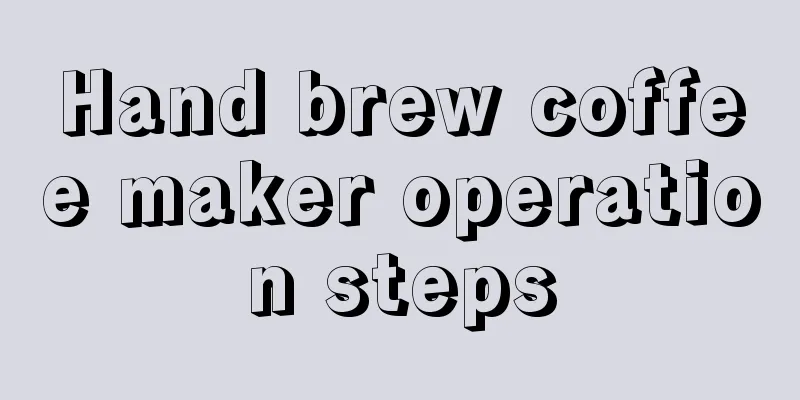What is a meniscus injury? What are the types?

|
In life, we should pay more attention to protecting ourselves and try to avoid injuries. However, sometimes some accidents are unavoidable. Some people may suffer meniscus injuries due to sports and other reasons. When they hear from the doctor that they have meniscus injuries, many patients are actually confused because they do not understand what meniscus injuries are. Let's take a look at it together. What is the meniscus? The menisci are two crescent-shaped fibrous cartilages located on the medial and lateral articular surfaces of the tibial plateau. Its cross-section is triangular, thick on the outside and thin on the inside, slightly concave on the top to fit with the femoral condyle, and flat on the bottom to connect with the tibial plateau. This structure just makes the femoral condyle form a deeper depression on the tibial plateau, thereby increasing the stability of the spherical femoral condyle and tibial plateau. The anterior and posterior ends of the meniscus are attached to the non-articular surface of the middle part of the tibial plateau, in front and behind the intercondylar spine. This area is also called the anterior and posterior horn of the meniscus. Types of meniscus injuries I believe many people have heard of meniscus injury. Do you know what types of meniscus injuries there are? If you don’t know, let’s take a look at them below. 1. Borderline The rupture is located at the front, middle and back positions of the edge of the medial meniscus. Severe edge-type rupture is a complete rupture of the perimeter, connected only by the front and back corners, and the ruptured waist slides toward the center of the knee. This can lead to locking of the joint. Symptoms are most pronounced when the knee is extended. It is believed that this type has the potential to heal on its own. Some patients were healed by suture. 2. Front angle type The rupture is located at the front corner and may be just a crack, or the ruptured part may roll back and thicken, or the front corner connecting part may be broken. The pain is located in front of the knee, but the patient may not be able to distinguish between the inner and outer sides. 3. Rear angle type The rupture is located at the posterior corner and may appear as a crack. The cleft is curled up and the connecting fibers of the posterior horn are broken. The pain is obvious when the knee is excessively flexed. The pain can usually be located on the posterior medial side, but in some cases the side cannot be determined. 4. Horizontal This type of rupture occurs when the medial side of the meniscus is split transversely, and the location, number and depth of the rupture are different. Transverse cleavage of the medial meniscus 5. Bucket handle type The medial meniscus is ruptured longitudinally. The cracks may vary in size and may also be transverse. The rupture was obviously thickened and the synovial membrane of the femoral condyle was extensively damaged. The affected knee often "locks", making walking difficult and time-consuming. 6. Inner edge type There is one or more injuries on the inner edge of the meniscus, which may appear as comminuted damage, with occasional free fragments entering the joint cavity. This type of disease often affects the extension and flexion of the knee, manifesting as long-term pain, obvious damage to the femoral condyle articular surface, and sometimes joint locking. Plain X-rays are occasionally seen. Free bone fragments. 7. Horizontal splitting type It is caused by strong rotation between the tibiofemoral joint, resulting in horizontal separation between the upper and lower layers of the medial meniscus. If diagnosed early and good braking is achieved, it may be possible to repair the disease. The affected knee may experience dull pain, instability, or a feeling of slipping. 8. Longitudinal fissure type It is a longitudinal rupture of the medial meniscus. It may also break at the anterior or posterior corner, with the free part entering the knee, becoming the main factor of knee pain and flexion and extension obstruction. 9. Relaxed The medial meniscus is loose at its attachment to the joint capsule. Every time the knee is flexed, extended, or rotated, there is an unstable, slipping feeling. When the tibiofemoral joint is squeezed toward the center of the knee, the medial joint capsule (and skin) may sink into the joint space. This type may be caused by trauma or congenital structural defects. |
<<: Common classification of multiple cervical lymphadenopathy
>>: What causes anal sweating? what to do?
Recommend
What does furuncle mean
Furuncle is a common clinical disease, but many p...
What is the reason for red tonsils
Redness of the tonsils usually has the characteri...
How to correct mild strabismus more effectively
The occurrence of strabismus cannot be ignored. A...
The gap between two teeth hurts
In daily life, we often encounter pain in the gap...
How many days does it usually take for a cold and cough to heal?
Cold is a relatively common disease, which is gen...
What are the symptoms of a ruptured finger tendon?
Finger tendon rupture is related to many occupati...
How to treat 7cm cervical lymph node enlargement in nasopharyngeal carcinoma?
How to treat 7cm cervical lymph node enlargement ...
Can I eat melon seeds after having a mole removed?
Many people like to eat melon seeds, and as a kin...
The origin of spring, the origin of the Spring Festival and the beginning of spring
The Spring Festival on January 31, 2014 is the fi...
A layer of hard skin on the face after allergy
Every year when spring and summer meet, the clima...
What are the correct steps for applying a facial mask?
Many people have the habit of applying facial mas...
Improper bra wearing can promote breast cancer
Every woman has a desire for beauty. Having uprig...
The symptoms of patients with early brain cancer are extremely subtle
If brain cancer is treated late, its prognosis is...
What is the difference between cassava and sweet potato?
In fact, many friends mistakenly distinguish cass...
How to hypnotize yourself to sleep
After suffering from insomnia, we always use vari...









